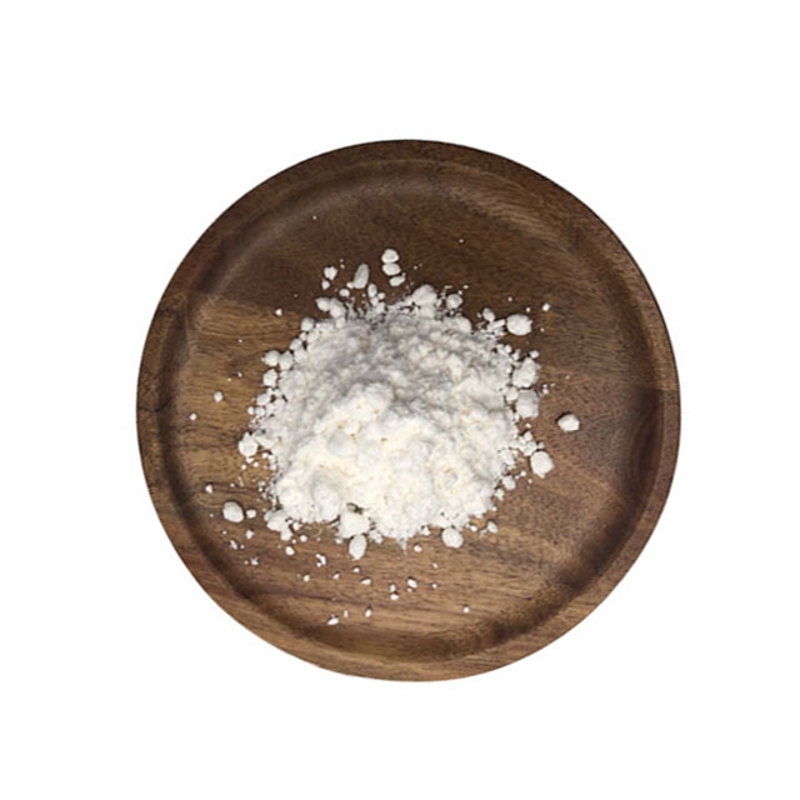-
Categories
-
Pharmaceutical Intermediates
-
Active Pharmaceutical Ingredients
-
Food Additives
- Industrial Coatings
- Agrochemicals
- Dyes and Pigments
- Surfactant
- Flavors and Fragrances
- Chemical Reagents
- Catalyst and Auxiliary
- Natural Products
- Inorganic Chemistry
-
Organic Chemistry
-
Biochemical Engineering
- Analytical Chemistry
- Cosmetic Ingredient
-
Pharmaceutical Intermediates
Promotion
ECHEMI Mall
Wholesale
Weekly Price
Exhibition
News
-
Trade Service
Heterogeneity within the tumor or the existence of different functional subgroups within the tumor is the main confounding factor for tumor prognosis and response to treatment.
Previous studies have also shown tumor heterogeneity from genetic composition to phenotypic variation in the progression of tumor uniqueness and post-treatment remodeling.
In tumorigenesis, metastasis and treatment resistance, the dynamic epithelial-mesenchymal transition plays a crucial role.
In tumorigenesis, metastasis and treatment resistance, the dynamic epithelial-mesenchymal transition plays a crucial role.
Oral squamous cell carcinoma (OSCC) is the most common type of oral cancer, accounting for nearly 95% of all confirmed cases.
The disease is usually treated by surgical removal of the tumor mass and adjuvant radiotherapy and/or chemotherapy.
However, local recurrence and metastatic recurrence and the occurrence of radiotherapy resistance also contributed to the survival rate of OSCC patients as low as 57%.
Oral squamous cell carcinoma (OSCC) is the most common type of oral cancer, accounting for nearly 95% of all confirmed cases.
In this study, the researchers used OSCC as a model to study the cellular and molecular dynamics of OSCC in response to radiotherapy through various cell biology and transcriptomics analyses.
The results showed that there was a clear epithelial-mesenchymal mixed state in OSCC cells and tumor samples.
The researchers further determined the key role of E-cadherin (E-cadherin) levels in stratifying mixed cells to different levels of radiotherapy response and radiotherapy-induced epithelial-mesenchymal transition.
Local EMT status of OSCC cells and tumor balls
Local EMT status of OSCC cells and tumor ballsThe response to radiotherapy also needs to produce a new cell population (ECAD Low/Neg- VIM Pos ), in which the expression level of E-cadherin is low, and Vimentin is positive, which is a phenotypic feature.
Shows enhanced radiotherapy resistance and invasion ability.
Low/Neg Pos
Transcriptomics analysis of tumor ball response to radiotherapy found that a series of regulatory disorders appeared in the first 30 minutes.
Cell signaling pathway analysis shows that the overexpression of Wnt signaling pathway plays a vital role in radiotherapy resistance and tumor cell invasion.
Generation of ECAD Low/Neg -VIM Pos cell population after radiotherapy
Generation of ECAD Low/Neg -VIM Pos cell population after radiotherapy Low/Neg PosAll in all, the results of this study emphasize the functional significance and complexity of tumor cell remodeling in response to radiotherapy, which is related to the generation of drug resistance and the ability of tumor cells to invade.
The results of this study emphasize the functional significance and complexity of tumor cell remodeling in response to radiotherapy, which is related to the generation of drug resistance and the ability of tumor cells to invade.
Original source:
Zolghadr, F.
, Tse, N.
, Loka, D.
org/10.
Leave a message here







